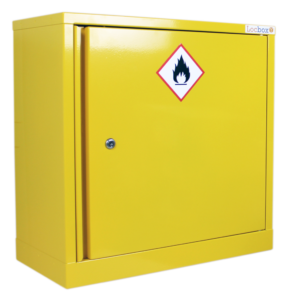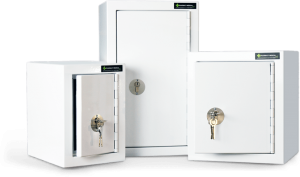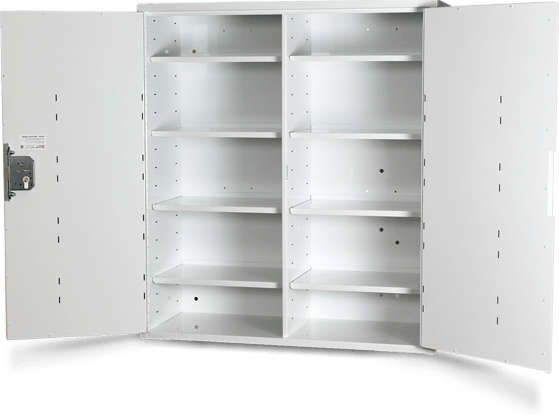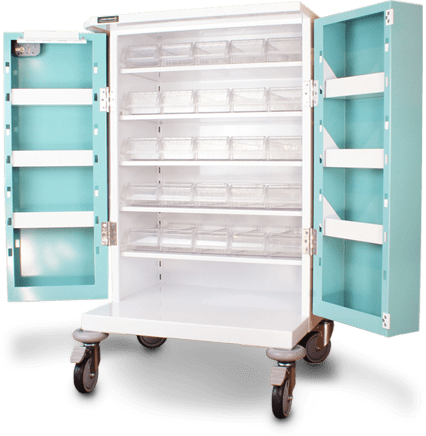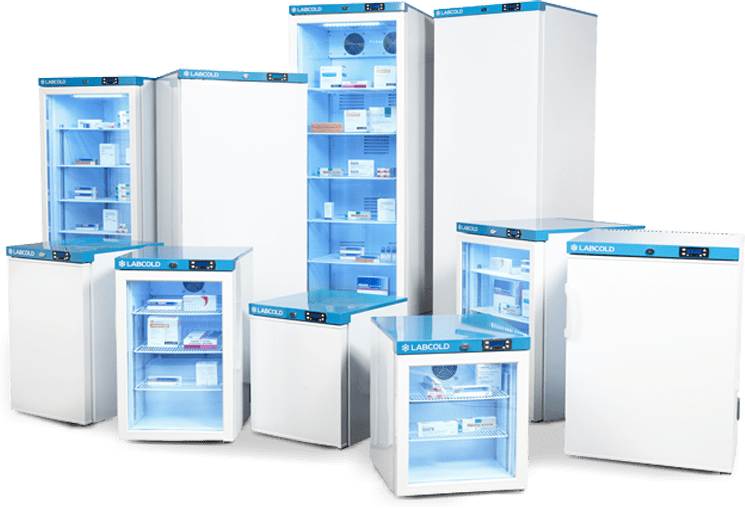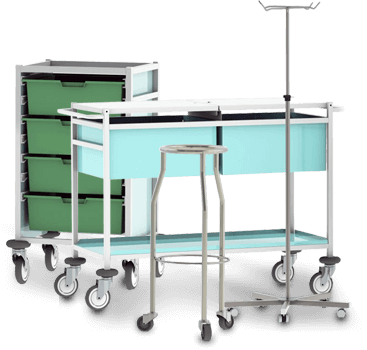TIG Welding our Controlled Drugs Cabinets – The advantages and process
We make hundreds of cabinets every year here at Pharmacy Medical in a variety of shapes and sizes, one thing they all have in common is they are all manufactured using TIG welding.
TIG Welding our Controlled Drugs Cabinets
TIG welding has advantages over other types of welding for our company and the products we manufacture. The TIG welding or Tungsten inert gas welding process consists of a tungsten electrode which is sharpened to a point and held in a collet inside a welding torch. The diameter of the electrode is proportional to the amps required which is dependant upon the thickness of metal to be welded. For our application, the manufacture of Controlled Drugs Cabinets we generally weld 2mm mild steel so would use a 2.4mm diameter Thoriated tungsten ( 2% Thoria content) and use a current setting of around 60 amp with a 1.5 mm diameter filler wire. As with most types of welding it requires the use of the correct head shield with the correct filter installed to prevent damage to the eyes whilst welding. The process involves holding the tungsten electrode point approximately 2mm from the metal joint at the start of the weld run and either pressing the trigger on the hand set or operating a foot switch. This allows current to pass through the electrode which creates an arc ( using a high frequency start system) between the end of the electrode and the previously earthed work piece.
The heat generated by the electric arc established, creates a molten pool of metal which, with the addition of some filler wire fuses the two sides of the joint together. By slowly moving the tungsten and arc along the joint introducing the filler wire into the molten pool of metal as it goes a weld bead is formed and a joint between the two pieces of metal is made.
The weld bead left when using TIG welding is small in comparison to some other methods of welding and requires much less metal to be removed in order to achieve a smooth finish in the metal surface so no weld joint is visible when the Cabinets are powder coated.
Using TIG Welding to weld the joints of a Controlled drugs cabinet significantly reduces the weld distortion due to the concentrated heat source and small weld bead. Although the speed of the welding process is much slower than for example MIG welding the reduced size of the weld bead and increased speed of cleaning off the joint prior to powder coating gives greater labour/cost savings in the long term.
It is a requirement of the Misuse of drugs ( safe custody) act 1975 that Controlled drugs cabinets must be fully welded. We have found TIG welding to be preferable over MIG for our cabinet production.



